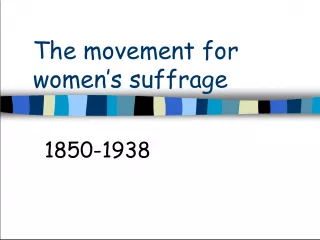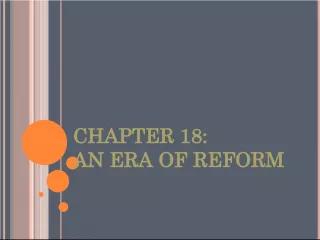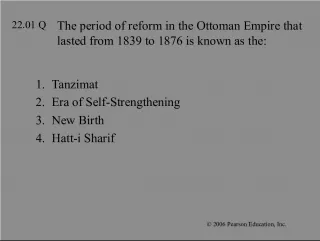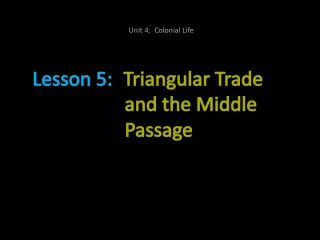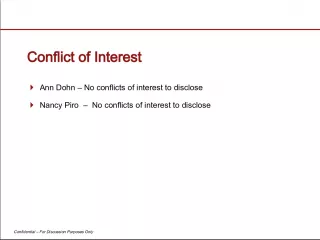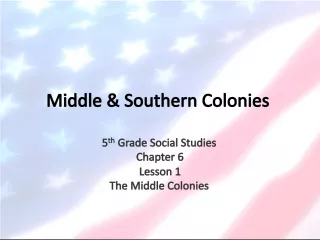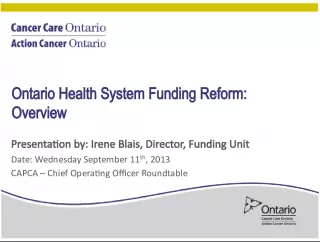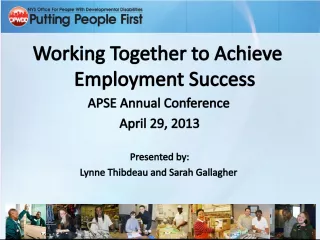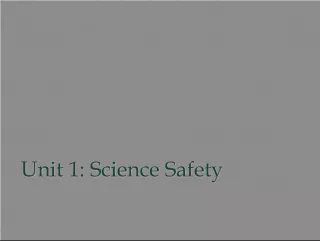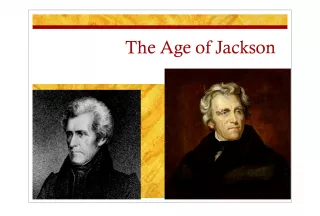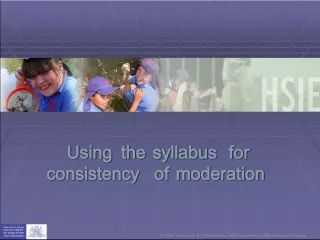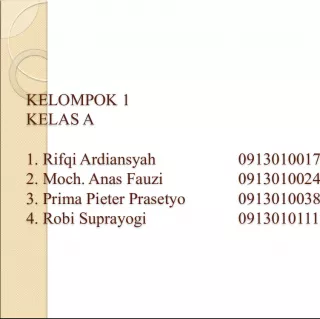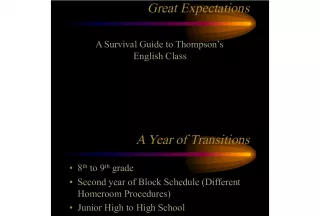"The 1832 Reform Act: Expanding Suffrage for the Middle Class"


The 1832 Reform Act allowed for an increase in eligible voters to 652,000, but only for men who owned or rented property above a certain value. This spurred pressure for change and calls for further reforms such as those of the Chartists. Despite this expansion of suffrage, the majority of males still had no vote.
- Uploaded on | 0 Views
-
 selmamadsen
selmamadsen
About "The 1832 Reform Act: Expanding Suffrage for the Middle Class"
PowerPoint presentation about '"The 1832 Reform Act: Expanding Suffrage for the Middle Class"'. This presentation describes the topic on The 1832 Reform Act allowed for an increase in eligible voters to 652,000, but only for men who owned or rented property above a certain value. This spurred pressure for change and calls for further reforms such as those of the Chartists. Despite this expansion of suffrage, the majority of males still had no vote.. The key topics included in this slideshow are . Download this presentation absolutely free.
Presentation Transcript
1. Pressure for Change Why Industrial revolution Revolutions Middle class Chartists
2. The 1832 Reform Act Voters : marginally increased to 652,000 voters from 435,000 Every man owning or renting property worth more than £10 per year got the vote in the boroughs and £2 or more in the counties Vote was given to tenants who either rented land paying more than £50 per year or held land lease of more than £10 However 5 out of 6 males still had no vote
3. The 1832 Reform Act Constituencies: before act 658 MPs, counties and boroughs Boroughs and English counties sent 2 MP’s back but Scotland counties had only one After Act, Scotland returned 53 and populations with less than 2,000 lost their MP
4. Effects of Reform Act Some anomalies corrected Size of electorate increased to 1 in 7 males Trend of urbanisation recognised However MPs still mainly came from South and continued to be dominated by landed classes Still no secret ballot Led to further agitation and reform
5. Change in Parties Tories split over repeal of anti-corn laws , moved towards ideology of conservatism Whigs moved towards liberalism and further reform Between 1852 and 1860 four reform bills were presented 3 from Lord John Russell ‘Finality Jack’ Wanted vote to be given to working people who were educated and owned property all acts failed
6. The 1866 Reform Bill Aimed to increase the electorate by lowering property values and including people with £50 savings Led to split in liberal party and resignation of Russell Tories invited to form minority government, against reform but due to demand had to propose further reform
7. The second Reform Act, 1867 This act increased the electorate by 1,120,000 voters to 2.5 million All householders with one years residence paying rates got the vote Lodgers in accommodation valued at £10 and Occupiers of premises worth £12 got the vote One male in three now had the vote
8. The second Reform Act, 1867 Constituencies: many disenfranchised 52 seats redistributed , 25 went to counties, 19 to the boroughs, one to London university and 2 to Scottish universities, 5 to Scotland Did not alter the balance of political power Electorate still largely remained the same Parties had to develop national organisations as boroughs increased voters therefore less independent MPs
9. Historical debate: why was it introduced Whigs: due to economic and social change and popular pressure Socialist: popular agitation e.g. campaign in 1866 and Hyde Park riot Tories: Party competition, neither Disraeli or Gladstone were interested in creating a democratic system rather they were outplaying each other
10. The Ballot Act, 1872 System still had to free itself from bribery, corruption and intimidation In 1865, £14,000 was spent on bribing the 1408 voters in Lancaster Parties argued voting was a privilege which should be carried out in public
11. The Ballot Act, 1872: Enquiry in 1865 election revealed scale of malpractice Gladstone brought in a bill, rejected by the lords in 1871 became law in 1872 Voting to be carried out in secret, intimidation declined Corruption not completely wiped out. Between 1867/ 1885 4 towns were disenfranchised due to corrupt practices. This was dealt with in 1883
12. Corrupt and Illegal Practices Act 1883 Plugged the gaps in the Ballot Act,1872 Candidates election expenses were determined by size of constituency Election agents had to account for their spending Detailed definition of illegal and corrupt practices Breach of the law disqualified a candidate for 7 years Active involvement in corruption was punishable by fine or imprisonment
